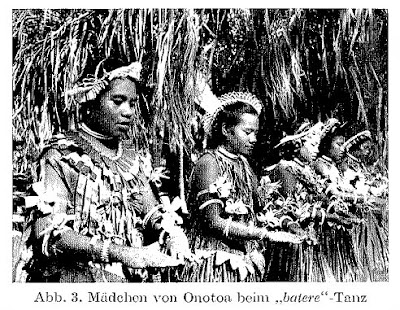I'm working on a new small series of photos (will be produced as an edition, in a box), I took in the workshop of a man I knew in Dresden, shortly after he passed away. He was an incredibly industrious man who still had many, many projects planned - most of which he didn't tell his family about. Now, his family needs to decide what to do with all of his things.

Something Left Undone
Labor with what zeal we will,
Something still remains undone,
Something uncompleted still
Waits the rising of the sun.
By the bedside, on the stair,
At the threshold, near the gates,
With its menace or its prayer,
Like a mendicant it waits;
Waits, and will not go away;
Waits, and will not be gainsaid;
By the cares of yesterday
Each to-day is heavier made;
Till at length the burden seems
Greater than our strength can bear,
Heavy as the weight of dreams,
Pressing on us everywhere.
And we stand from day to day,
Like the dwarfs of times gone by,
Who, as Northern legends say,
On their shoulders held the sky.
(Henry Wadsworth Longfellow, from Birds of Passage, 1863)












